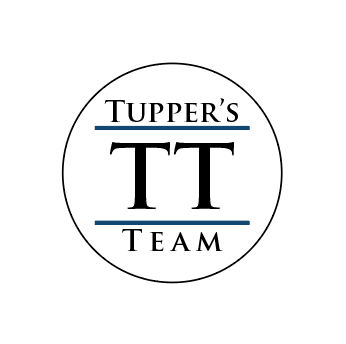Considering Fire Mitigation?
Whether you’re deciding to move ahead with fire mitigation on your Colorado property due to safety precautions, insurance regulations, building permits, or for other reasons, there are many questions that may arise when you start the process.
Where does one start?
How long does it take?
How much will it cost?
Is fire mitigation REALLY necessary?
What is my property going to look like afterwards?

What is Fire Mitigation?
Living in the Wildland Urban Interface (WUI) lately has become a riskier thing than when many of us moved in.
Fire has become a very common event in our fuel loaded and dry western forests. As we’ve pointed out before, much of this is self-inflicted because of our fire suppression efforts over the past 100+ years. Now we’re all being asked, and maybe even forced into doing some level of mitigation.
Colorado State Forest Service (CSFS) defines wildfire mitigation as “on-the-ground treatments of properties implemented to reduce the chance of a wildfire causing damage.”
This broadly refers to the actions taken on a property that, in the event of a fire, provide a situation where fire has little fuel to burn intensely.
The point of emphasis is to alter the fuels on the site; those fuels are usually thought of as the brush, trees, shrubs and vegetation like grasses, weeds and wildflowers that grow around our homes. This component is generally referred to as defensible space.
It can also be relocating, replacing or removing other fuels on a site though. When you look at the Federal Emergency Management Agency (FEMA) checklist, they too initially discuss the vegetation growing around the structure but then they move into the other fuels on our properties. This is the “stuff” we have introduced to our environments, including:
- Grills
- Firewood
- Decks
- Sheds
- Houses or other structures
This component is generally referred to as home hardening.
Limiting or controlling both vegetation and other fuels in a defensible space is the basis of wildfire mitigation.
Learn more about Fire Mitigation
Is Fire Mitigation Actually Necessary?
Fire Mitigation is Necessary for Permits and Insurance
The hardest question to answer is always, “Is this really necessary?” For those of us that are being forced to do the work; to get a building permit for a home renovation, improvement, addition, or new construction, or if your insurance carrier told you to do some tree cutting, it is definitely necessary because those other parties are involved.
You simply won’t get your permit or keep your homeowners’ insurance if you don’t.

Fire Mitigation is Necessary if You Value Your Property
For those of us who are doing the work voluntarily, it’s necessary if you find value in the outcome. I personally believe that if all of us, as homeowners in the WUI, did our part to manage our forest, the damage and impact of a fire would be considerably less.
I also have more recently encouraged my clients and, on my own property, worked more on the areas near the roads. I have become more and more aware of the fact that a fire event can be even worse if we all cannot get to safety during an evacuation.
Fire doesn’t follow property lines and, we all could do a bit to make our neighborhoods safer. Additionally, when we do fire mitigation that is correctly done and also focused on creating a healthy forest, what is left afterward is a better all-around situation. That is, a forest that will resist disease and pest problems, is a more aesthetically pleasing landscape, and can reduce fire risk.
Fire Mitigation Results in a Healthier and Better-Looking Landscape
Ideally, as mentioned before, when mitigation is done correctly what results is a better-looking landscape. It’s healthier and has more diversity in the area. That diversity is sometimes lacking in our dense, fire-suppressed forests.
When the upper canopy becomes closed, because all the trees are overgrown from fire suppression, it doesn’t allow light to reach the ground. The diversity in the understory needs sunlight to grow and thrive. These plants are the wildflowers, shrubs and grasses that used to be present in the forest.
Fire mitigation helps the sunlight to reach the understory again.
Fire Mitigation Benefits Local Wildlife
Almost all our clients mention that after mitigation is done, they see more wildlife. This is most likely because the stuff the animals eat has grown back and the animals that are a food source for predators are there eating.
In our yard we often have bobcats, coyotes, and raptors that are looking around for dinner. Returning the forest to its pre-suppression conditions may at first seem
~Lam Tree Service
Selling Your Home?
Get your home's value - our custom reports include accurate and up to date information.




